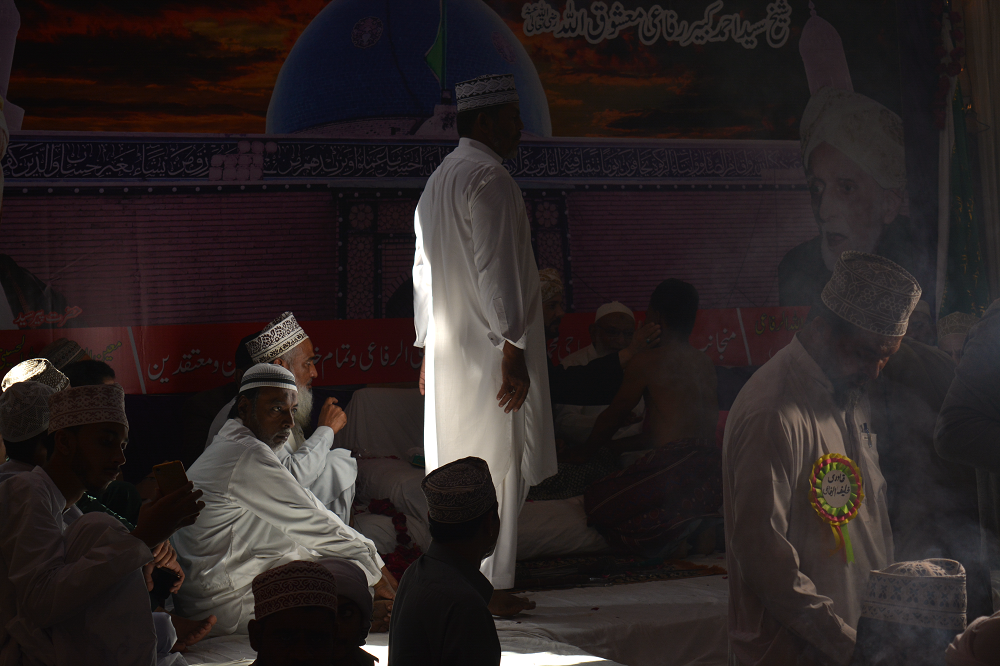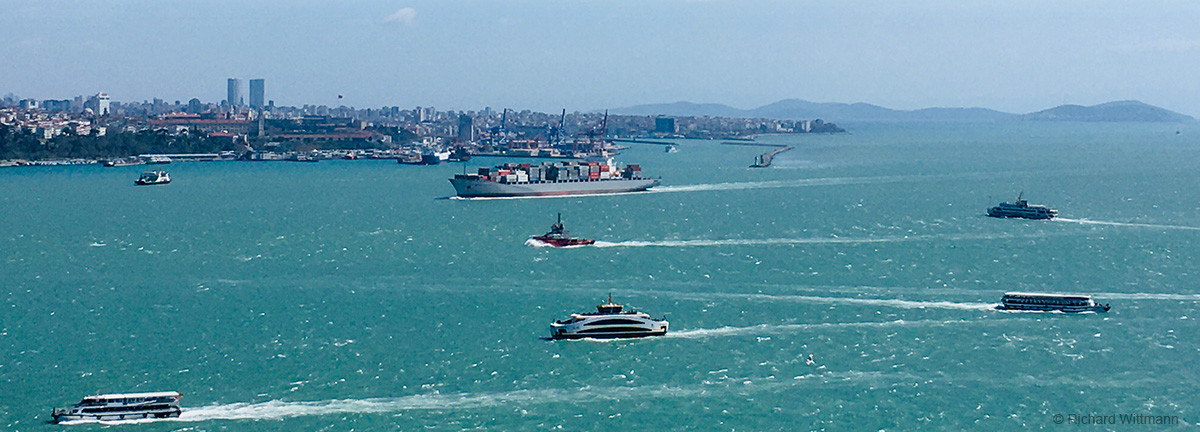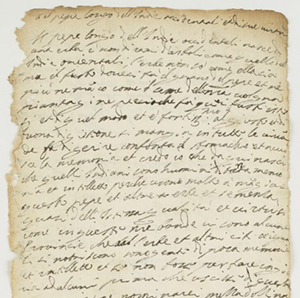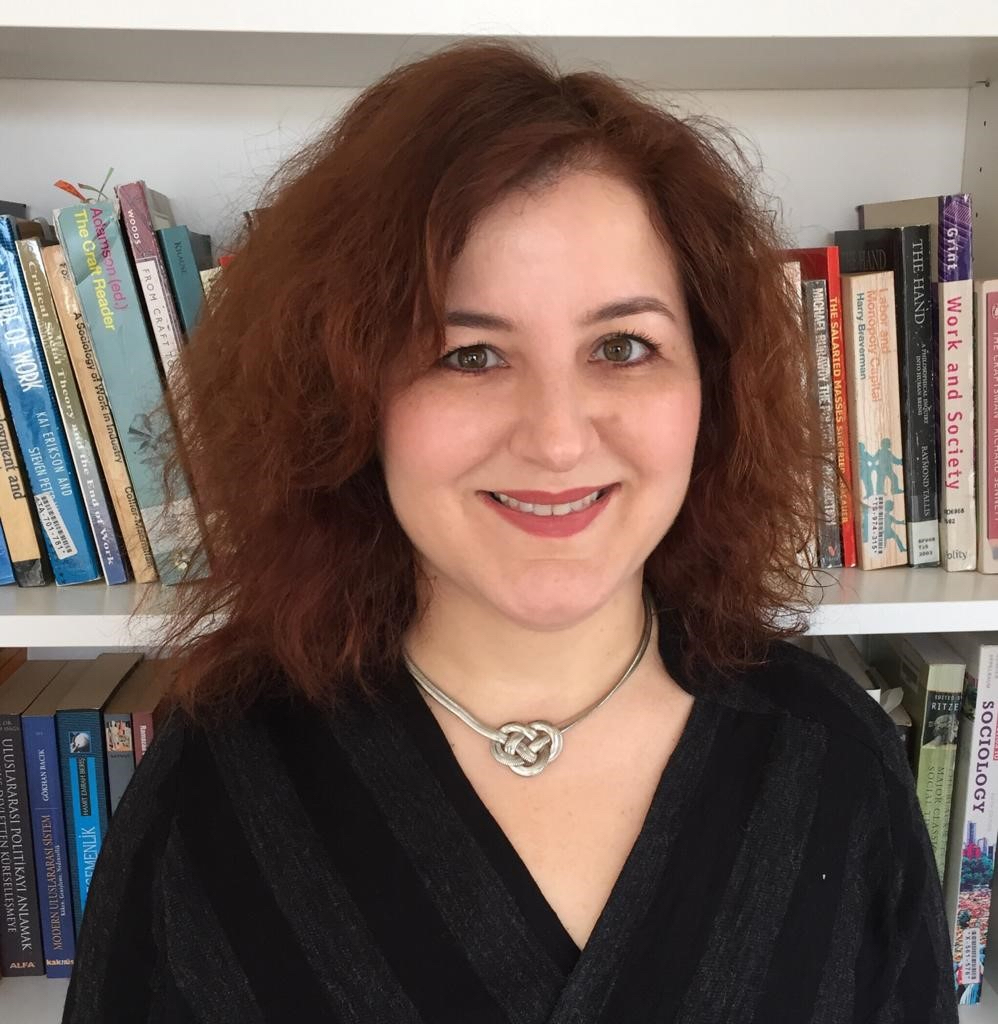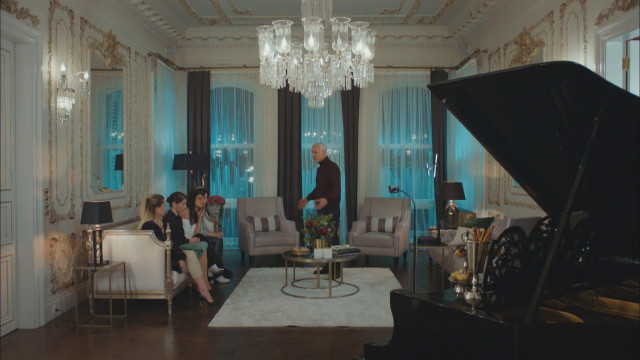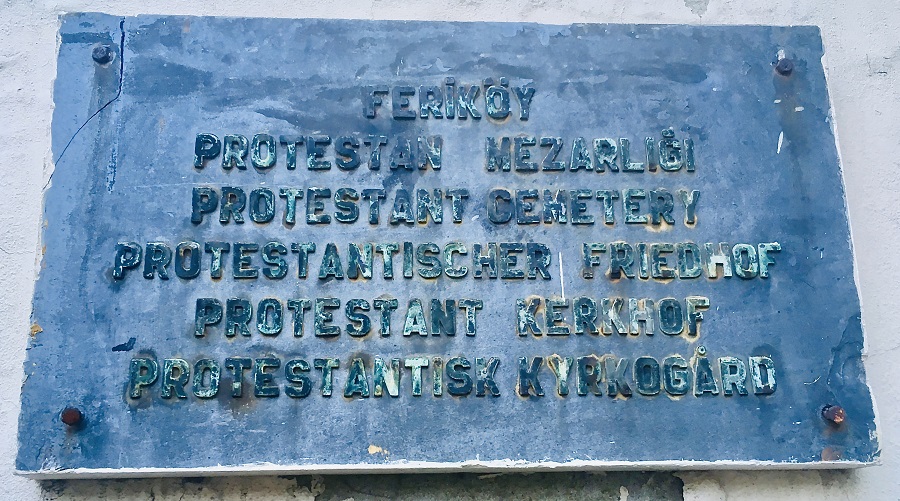İnsan, Tıp ve Toplum alanındaki “E-sağlık: Türkiye’de Öz-Takip Cihazlarının Pratikleri ve Sosyo-Kültürel Boyutları” başlıklı proje tamamlandı
30 NİSAN 2020 | Yazarlar: Melike Şahinol, Gülşah Başkavak
Enstitümüzün İnsan, Tıp ve Toplum araştırma alanında yürütülen bir proje daha sona erdi. Almanya Federal Sağlık Bakanlığı (#ZMV | 1 – 2517 FSB 016) tarafından desteklenen ve İnsan, Tıp ve Toplum alanından Dr. Melike Şahinol (yönetici) ve Dr. Gülşah Başkavak (yürütücü) tarafından Türkiye sahası gerçekleştirilen “E-sağlık: Türkiye’de Öz-Takip Cihazlarının Pratikleri ve Sosyo-Kültürel Boyutları” başlıklı bu proje, Türkiye’de bu konuda ilk kez araştırılan bir alan ve konu niteliğini taşıyor.


